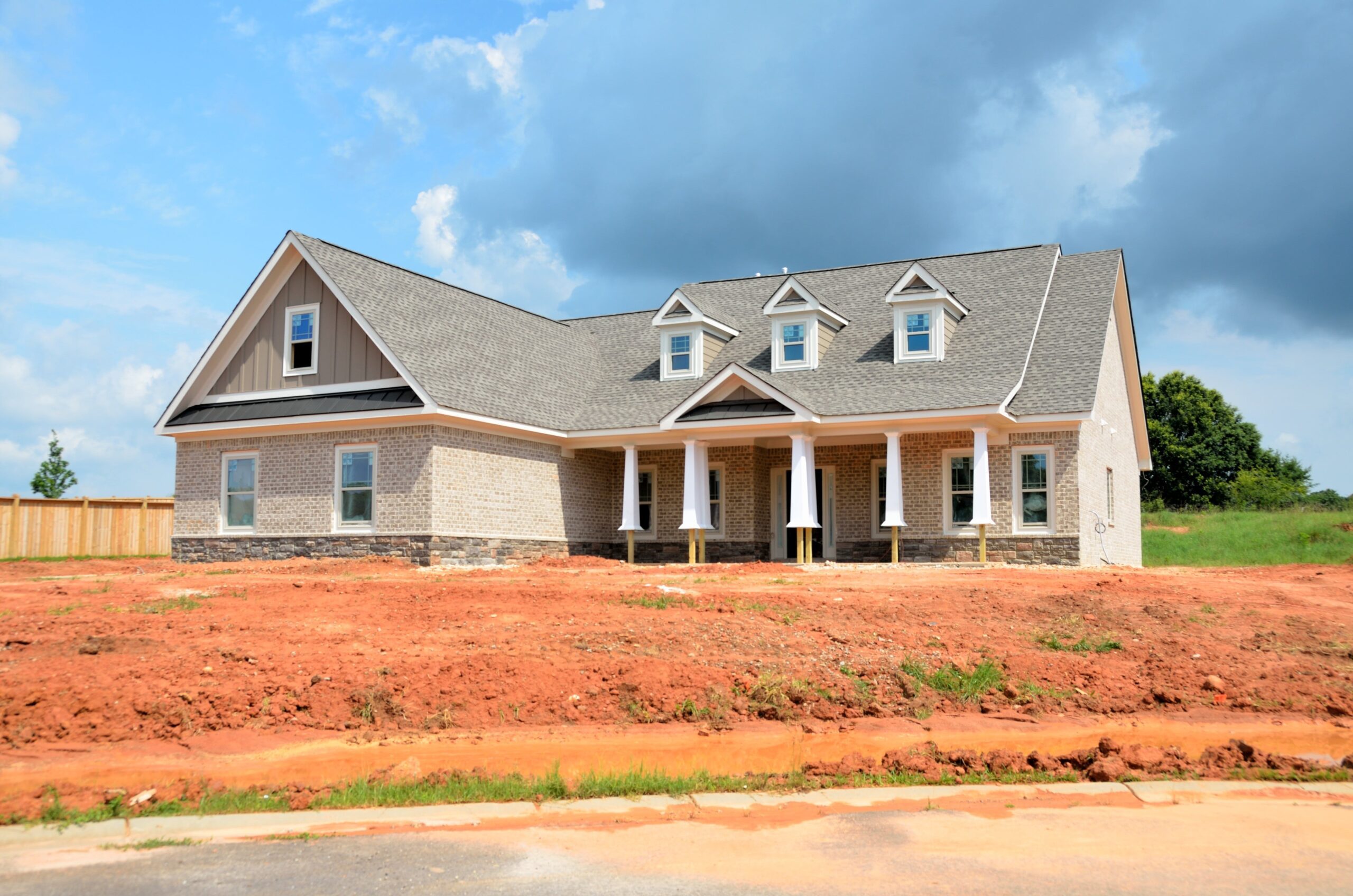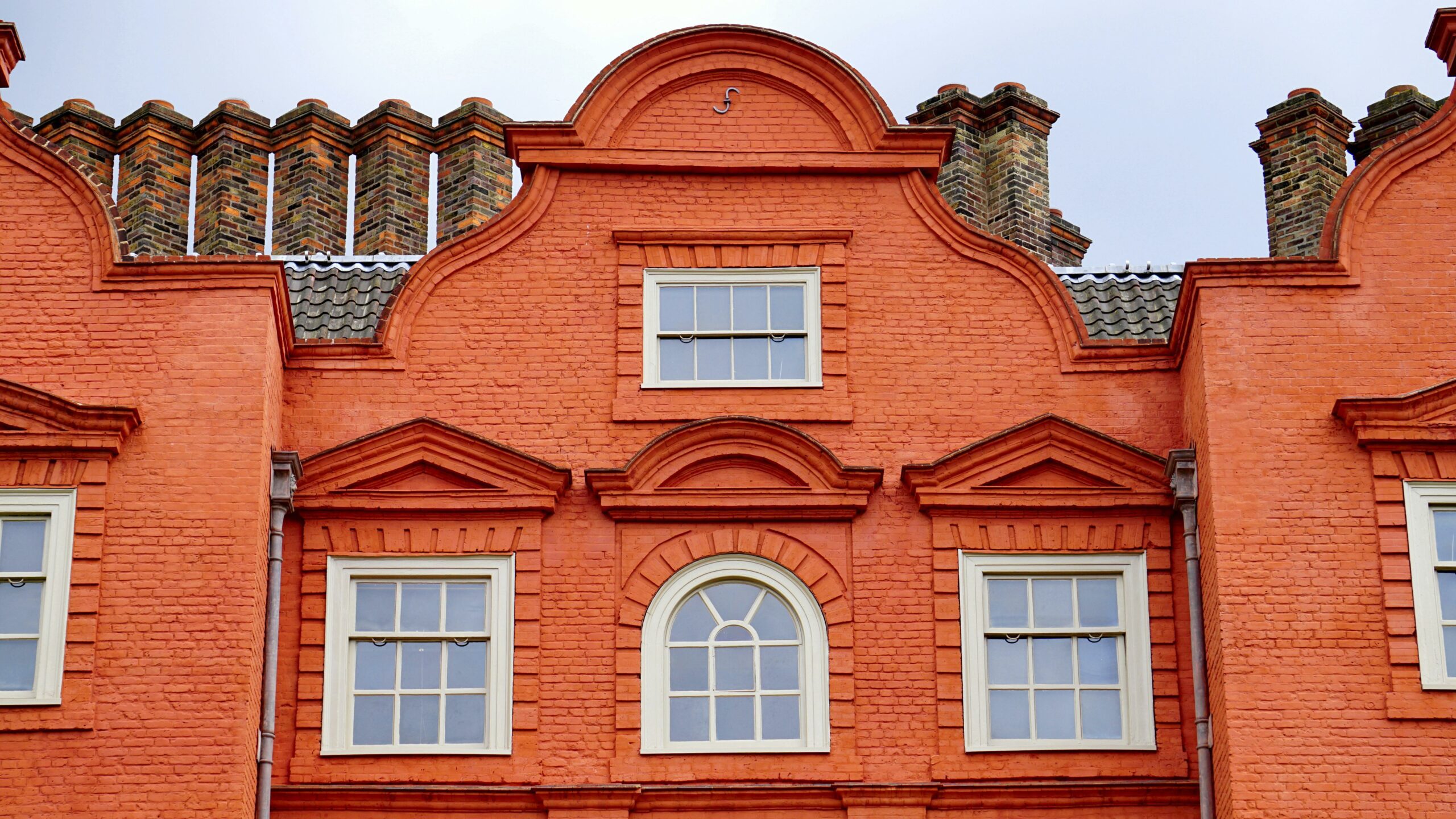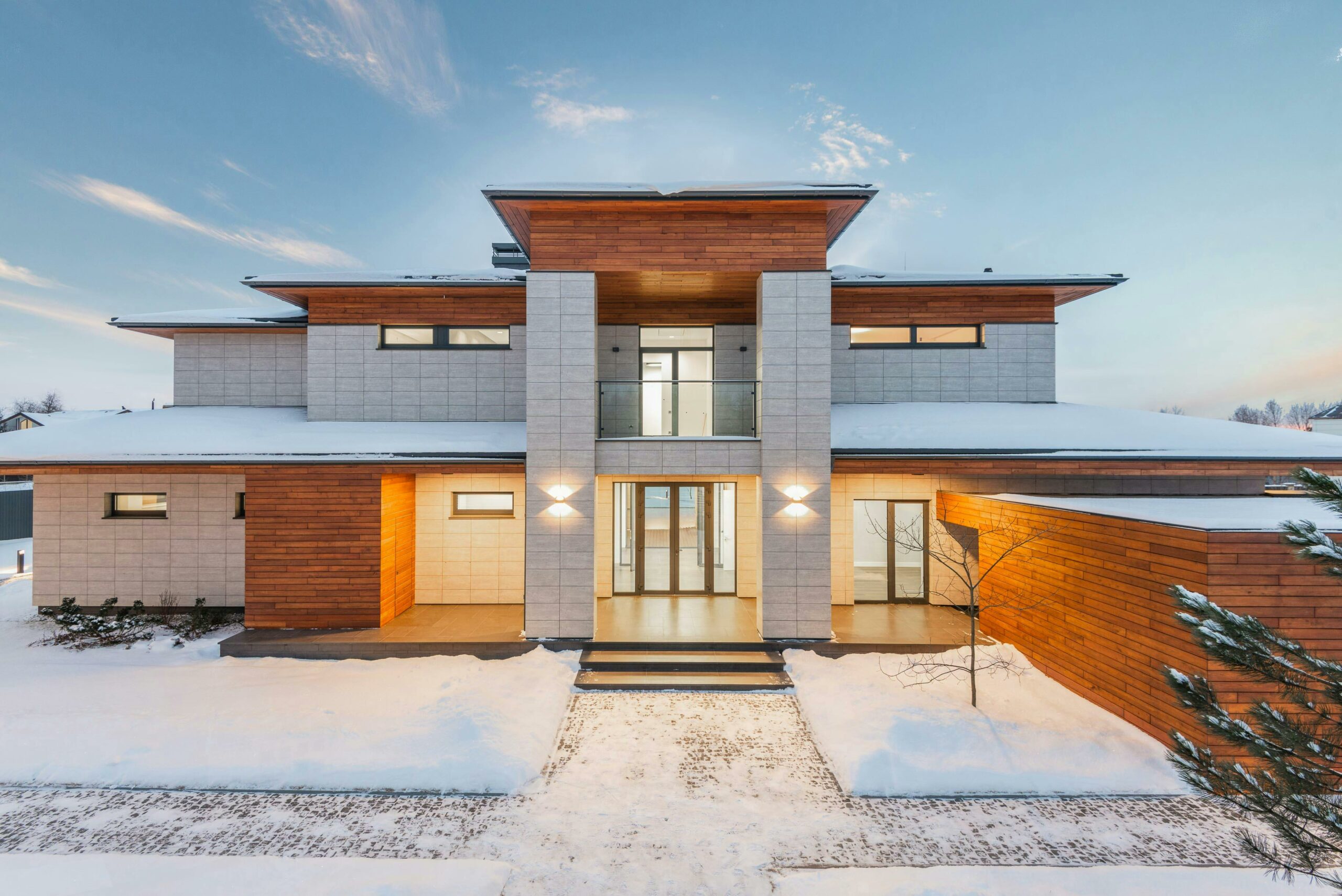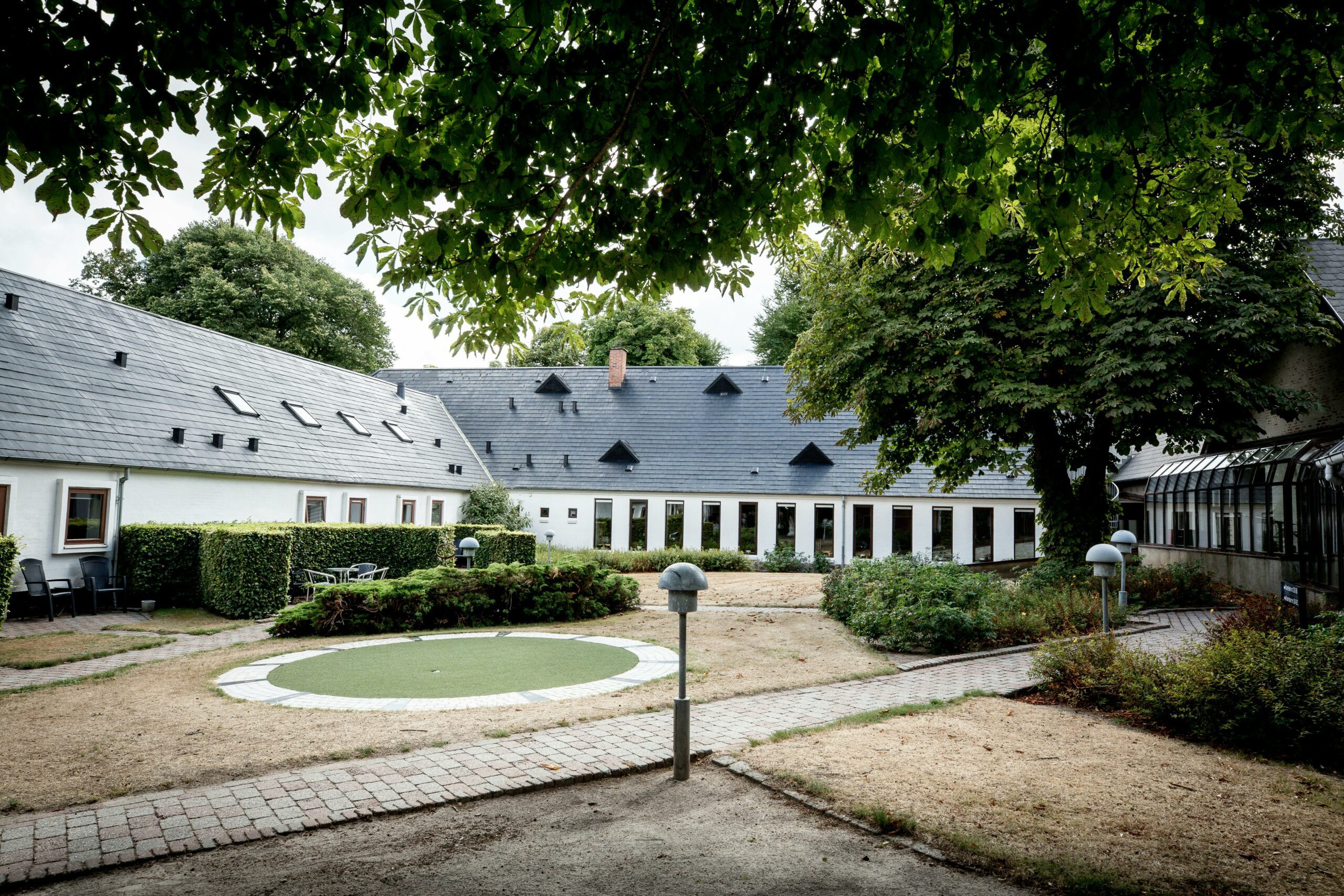Flipping houses can be a tempting path to quick profits, fueled by captivating renovation shows and success stories. But before you dive headfirst with your 20k, let’s get real: is it actually possible?
Understanding the Basics of House Flipping
Embarking on a house flipping journey with a budget of $20,000 necessitates a solid grasp of the foundational elements of house flipping. This venture is not merely about buying, renovating, and selling properties—it’s an intricate process that demands strategic foresight, meticulous financial management, and adept project execution. Let’s break down the three cornerstone phases of house flipping to ensure you’re well-prepared for a successful investment.
Purchasing a Property
The initial step is identifying and acquiring a property that presents a lucrative opportunity for flipping. This involves thorough market research to find undervalued properties in desirable locations. A successful purchase hinges on your ability to negotiate a favorable buying price that leaves ample room for renovation expenses and profit margins. It’s essential to conduct due diligence, including property inspections and title searches, to uncover any potential issues that could affect your budget or timeline.
Renovating the Property
Once the property is yours, the transformation begins. The renovation phase is where your vision comes to life through strategic upgrades and repairs. Prioritizing renovations that boost the property’s value and appeal to buyers is crucial. This stage demands a detailed budget that accounts for materials, labor, permits, and unforeseen expenses. Effective project management skills are vital to keep renovations on schedule and within budget. Whether you’re undertaking DIY projects or hiring contractors, maintaining quality workmanship is key to maximizing return on investment.
Selling the Property
The culmination of your efforts is selling the renovated property for a profit. This phase involves pricing the house competitively while ensuring your investment returns are maximized. Staging the home attractively, implementing effective marketing strategies, and negotiating with potential buyers play significant roles in this stage. Understanding the current real estate market trends and buyer preferences can greatly influence how quickly you sell the property and the profit you realize.
Take your real estate investing to new heights with Oambase, our advanced property investment analysis software. Streamline your deal analysis, access comprehensive market data, and make informed, profitable decisions with ease. Start your journey towards smarter investing today!
The Reality of Flipping with $20K
Is $20,000 enough to flip a house? The short answer is, it’s challenging but not impossible. The key lies in how you utilize the funds and the strategies you employ to maximize your investment. Let’s delve into the crucial considerations and strategies that can make flipping with $20K a reality.
Market Conditions
The potential of your $20,000 to serve as a springboard for a house flipping project is deeply influenced by the geographical variances in real estate markets. The purchasing power of this budget can differ dramatically across different locations. For instance, in high-demand urban areas or burgeoning real estate markets, $20K may only suffice as a down payment or might not even reach that threshold. Conversely, in regions where the real estate market is more accessible, this amount could indeed secure a property in need of renovation.
The disparity in market conditions underscores the importance of comprehensive market research. An in-depth understanding of your local real estate landscape is indispensable. This research should encompass not only property prices but also trends in housing demand, the popularity of neighborhoods, and the average return on investment for flipped properties. Such insights will arm you with the knowledge to identify underpriced properties that offer high potential for profit, even within the constraints of a $20K budget.
Mastering Property Selection With $20K
Property selection stands as the cornerstone of successful house flipping, especially when operating under the tight financial constraints of a $20,000 budget. The art of finding the ideal property involves more than just scouting for deals; it requires a strategic approach to identify homes that are not only undervalued but also possess the inherent potential for a significant increase in value through targeted improvements. Here’s how to refine your search and selection process to ensure your investment yields maximum returns.
Targeting Undervalued Properties with High Potential
The journey begins with hunting for properties priced well below their potential market value. These opportunities often emerge from situations like distress sales, foreclosures, or properties that have been on the market for an extended period. Success in this arena hinges on your ability to conduct thorough market research, leverage real estate networks, and employ technologies that can alert you to potential deals the moment they hit the market.
Evaluating Repair and Renovation Scope
Identifying a property’s repair needs is critical. Aim for homes that require primarily cosmetic fixes—painting, flooring, minor landscaping—or manageable structural repairs that won’t blow your budget. It’s essential to develop a keen eye for distinguishing between surface-level issues that can be fixed cost-effectively and deeper, more costly problems. Engaging a trusted inspector or contractor to assess the property can provide you with a clear picture of the renovation scope and help you avoid costly surprises down the line.
Allocating Resources Wisely
With $20,000, precision in budget allocation is non-negotiable. Your budget should meticulously account for purchase costs, renovations, and ancillary expenses such as property taxes, insurance, and utilities during the flip process. Effective negotiation to lower purchase and material costs can free up additional funds for unexpected expenses or further property enhancements.
Leveraging Creative Financing: Key to Flipping with $20K
When the budget for flipping a house is tightly constrained at $20,000, traditional financing methods may not suffice. This is where creative financing becomes not just beneficial, but essential. Creative financing strategies can bridge the gap between your available funds and the total investment needed to successfully flip a property. However, each option carries its unique advantages and considerations. Let’s explore how to navigate these alternatives effectively.
Hard Money Loans
Hard money loans are a popular choice for flippers due to their quick approval times and the emphasis on the property’s value over the borrower’s creditworthiness. They are especially useful for financing both the purchase and renovation of a property. However, the trade-off includes higher interest rates and shorter repayment terms. When considering hard money loans, project your renovation and sale timeline accurately to ensure you can repay the loan without incurring steep penalties.
Private Lenders
Engaging with private lenders—individuals willing to lend money for real estate investments—offers more flexibility in terms of loan terms and rates compared to institutional lending. Building a network of reliable private lenders can open up opportunities for tailored financing solutions that align with your project’s needs. It’s crucial to formalize any agreements with clear terms and legal documentation to protect both parties.
Partnering with Investors
Collaborating with other investors can significantly amplify your financial capacity and risk tolerance. This approach not only pools financial resources but also combines skills, experience, and networks. Whether it’s a joint venture on a single project or a more permanent partnership, clear communication and aligned goals are vital. Establishing a formal agreement that outlines each party’s contribution, responsibilities, and share of profits is essential to prevent conflicts.
Crowdfunding and Real Estate Syndication
Real estate crowdfunding platforms and syndication opportunities have emerged as innovative ways to finance property investments. These methods allow you to raise funds from a group of investors online, reducing the need for traditional bank loans. While crowdfunding can provide access to capital with relatively lower entry barriers, it’s important to understand the platform’s fee structure and the terms of investment.
Seller Financing
In certain cases, sellers may be willing to finance the purchase themselves, especially if they are motivated to sell quickly. This arrangement can eliminate traditional lending fees and offer negotiable terms, potentially allowing for a lower down payment or a deferred payment plan. Thorough negotiation and legal documentation are crucial to ensure a fair agreement for both parties.
Navigating the landscape of creative financing is a critical skill for flipping houses, particularly with a starting budget of $20,000. Each of these financing options offers a pathway to augment your investment capacity but requires careful consideration of the associated risks and benefits.
Maximizing Value Through DIY and Sweat Equity
When working with a constrained budget like $20,000 in house flipping, incorporating DIY efforts and sweat equity becomes is a necessity. This approach allows you to extend the reach of your budget by significantly reducing labor costs, which are often one of the largest expenses in renovation projects. Here’s how to effectively leverage your own efforts to increase the profitability of your flip.
Understanding the Power of Sweat Equity
Sweat equity refers to the value added to a property through personal labor, as opposed to investing cash. In the context of house flipping, this means taking on renovation tasks yourself. The primary benefit is the substantial savings on labor costs, which can then be redirected towards higher-quality materials or additional improvements that can further enhance the property’s appeal and value.
Assessing Your Skills and Resources
Before diving into DIY projects, it’s crucial to realistically assess your own skills, tools, and time availability. Focus on tasks that match your abilities to ensure that the quality of work contributes positively to the house’s value. Common DIY projects for flippers include painting, simple carpentry, landscaping, and basic fixture replacements.
Learning and Training Opportunities
If there are tasks you’re not skilled at but could feasibly learn, consider investing time in training. Online tutorials, workshops, and advice from experienced professionals can equip you with new capabilities, allowing you to undertake a wider range of tasks confidently and competently.
Balancing DIY Efforts with Professional Work
While sweat equity can save money, it’s important to know when to hire professionals. Complex electrical work, plumbing, and structural modifications often require specialized knowledge and certifications. Incorrectly done work can lead to costly repairs and even legal issues, negating any savings from DIY efforts. Balancing your work with that of hired professionals ensures that renovations enhance the property’s value and safety.
Efficiency and Time Management
Efficiently managing your time is crucial when relying on sweat equity. Create a detailed schedule for your projects, factoring in time for learning new skills if necessary. Remember, time is an investment too, and delays can increase holding costs or miss optimal selling times, impacting your overall profit.
Networking and Community Resources
Leverage your network for advice, tools, and assistance. Engaging with a community of fellow flippers, DIY enthusiasts, or local handymen can provide valuable insights and support. Sometimes, bartering skills or labor with others can further extend your capabilities and resources without impacting your budget.
Conclusion
Flipping a house with $20,000 is a daunting task, but with thorough research, careful planning, and a bit of creativity, it can be done. It’s important to set realistic expectations and prepare for potential challenges along the way. Whether you’re looking to dive into real estate investing or pursue a one-time project, flipping a house with a limited budget requires diligence, patience, and a willingness to learn from the process.
Remember, every successful flipper started somewhere. Your $20K project could be the stepping stone to bigger and more profitable ventures in the future.






